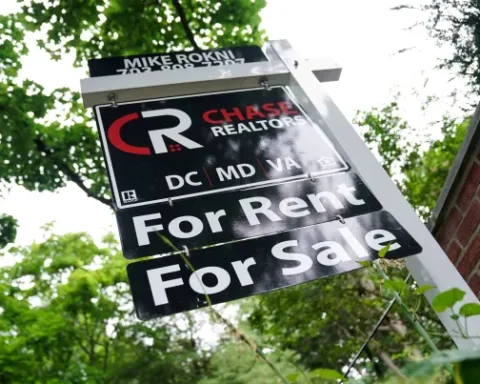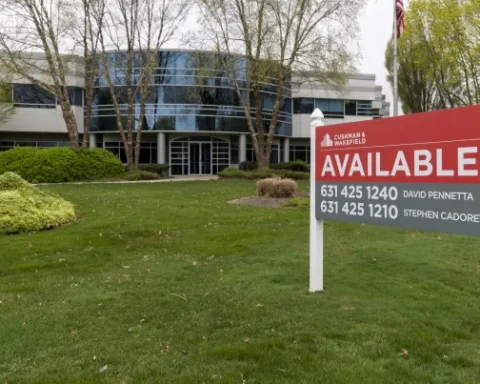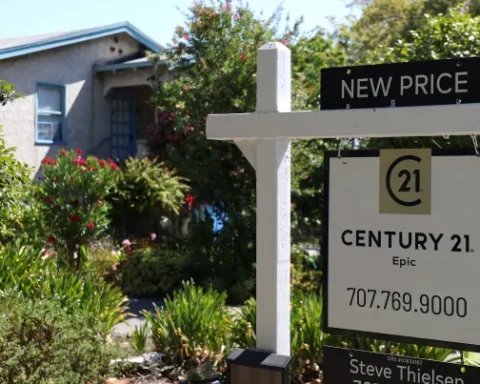Record Highs in the Rental Market
The rental market in Great Britain has reached unprecedented heights, with average private rents climbing to record levels. This rent surge has prompted Rightmove, a leading property website, to call on the next government to prioritize measures to increase the supply of rental properties by 120,000 to stabilize the market.
Unprecedented Rent Increases
Data from Rightmove reveals that the typical advertised rent outside London hit a record £1,316 per calendar month in May. In London, the average rent was a staggering £2,652 per month, nearly three times the £894 asked for in north-east England. This 7% year-on-year increase outside London significantly outpaces inflation, raising concerns about affordability for many tenants.
London’s Unique Market Dynamics
While rents in London have also risen, the rate of increase has slowed compared to last year. “An improvement in the balance between supply and demand meant annual rent growth has slowed from its peak of 18% in 2022 to 4% in May this year,” Rightmove noted. Despite this slowdown, rent growth in London still exceeds the 2% official consumer prices index (CPI) inflation figure for May.
Addressing the Supply-Demand Imbalance
Rightmove emphasizes the need for government intervention to address the supply-demand imbalance in the rental market. “The next government should be prioritizing an improvement to the planning process, an acceleration of housebuilding, and encouraging more supply into the rental market,” said Tim Bannister, Rightmove’s property expert. The company’s analysis indicates that about 120,000 more rental properties are needed to return rent growth to more normal levels of about 2% per year.
The Impact of High Interest Rates
The surge in rental prices is primarily attributed to the high demand outstripping the limited supply of rental properties. This situation is worsened by landlords with buy-to-let mortgages passing on increased costs to tenants due to higher interest rates. Rightmove highlighted that many areas lack sufficient homes to meet the number of tenants looking to move.
Regional Disparities in Rental Markets
With a severe shortage of rental properties, Scotland is mainly affected by supply and demand imbalances. In contrast, London has seen some improvement with more available rental properties and fewer tenants looking to move. Bannister remarked, “It’s easy to forget there was a time before the pandemic when rental price growth was more stable. [Annual] price growth at 7% suggests we are still out of balance.”
A Glimpse of Hope for Tenants
Separate figures from Propertymark, a professional body for estate and letting agents, indicate a small glimmer of hope for prospective tenants. In May, about nine new applicants were registered for each available UK property. Although most members reported that rents were either increasing or static, 18% of firms reported falling rents, up from 12% in April, providing some relief for renters.
Urgent Need for Government Action
As private rents in Great Britain reach record highs, the next government must take decisive action to increase the supply of rental properties. By accelerating housebuilding and incentivizing landlords to invest in more homes, the government can help stabilize the rental market and ensure affordable housing for tenants nationwide.







